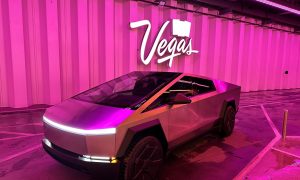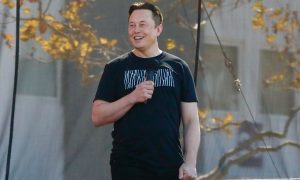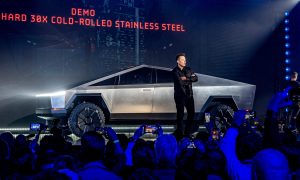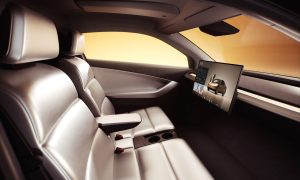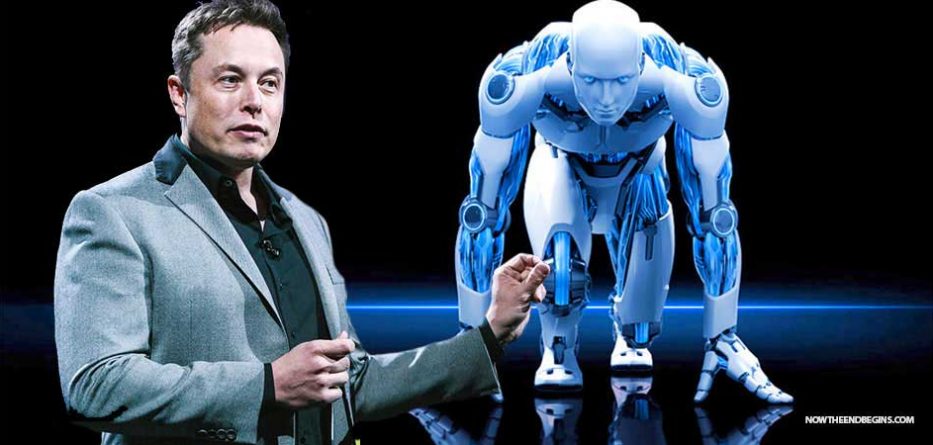

News
Elon Musk and tech leaders call for UN ban of ‘killer robots’ and AI weapons
Serial tech entrepreneur Elon Musk and over 100 leaders in the field of artificial intelligence and robotics have come together, calling on the United Nations to take action against the use of autonomous weapons, or ‘killer robots’.
“Lethal autonomous weapons threaten to become the third revolution in warfare. Once developed, they will permit armed conflict to be fought at a scale greater than ever, and at timescales faster than humans can comprehend.” warns the group of tech leaders in an open letter to the UN.
This marks the first time world leaders in the field of robotics and AI have collectively issued a ‘warning letter’ to the UN in such great numbers. The open letter follows formal discussions originally scheduled to take place in December 2016 when 123 UN member nations called for a meeting on the topic of lethal autonomous weapons. However, the meeting was delayed by the UN to August 21 citing insufficient funding at the time.
116 tech leaders, including Tesla and SpaceX chief Elon Musk as well as Google Alphabet’s Mustafa Suleyman, released the letter titled ‘An Open Letter to the UnitedNations Convention on Certain Conventional Weapons’ on Sunday at the International Joint Conference on Artificial Intelligence in Melbourne. In the letter, the group of experts warn the UN that “we do not have long to act”.
“These can be weapons of terror, weapons that despots and terrorists use against innocent populations, and weapons hacked to behave in undesirable ways. We do not have long to act. Once this Pandora’s box is opened, it will be hard to close.”
Stuart Russell, founder and vice-president of Bayesian Logic said in a statement accompanying the letter, “Unless people want to see new weapons of mass destruction – in the form of vast swarms of lethal microdrones – spreading around the world, it’s imperative to step up and support the United Nations’ efforts to create a treaty banning lethal autonomous weapons. This is vital for national and international security,”
Toby Walsh, professor of artificial intelligence at the University of New South Wales in Sydney, added in a statement accompanying the letter “We need to make decisions today choosing which of these futures we want. I strongly support the call by many humanitarian and other organizations for an UN ban on such weapons, similar to bans on chemical and other weapons,”
The coming together of world leaders in the field of artificial intelligence and robotics, and their issue of stern warning against the dangers of ‘killer robots’, validates Musk’s concerns about the impact on human life if AI is to left unregulated.
“I have exposure to the most cutting edge AI and I think people should be really concerned about it,” Musk once said in a speech at the National Governors Association meeting in Rhode Island. “I keep sounding the alarm bell, but until people see robots going down the street killing people, they don’t know how to react because it seems so ethereal.”
Musk’s OpenAI, a nonprofit research group that supports emerging artificial intelligence technology that is safe and responsible, aims to assist regulators with coming up with responsible means to control the development of AI and ensure AI does not become “a fundamental risk to the existence of human civilization”.
“By the time we are reactive, it’s too late,” Musk has continued to warn. “There’s a role for regulators that I think is very important and I’m against over regulation for sure, but I think we better get on that with AI.”
News
Starship Flight 9 nears as SpaceX’s Starbase becomes a Texan City
SpaceX’s launch site is officially incorporated as Starbase, TX. Starship Flight 9 could launch on May 27, 2025.
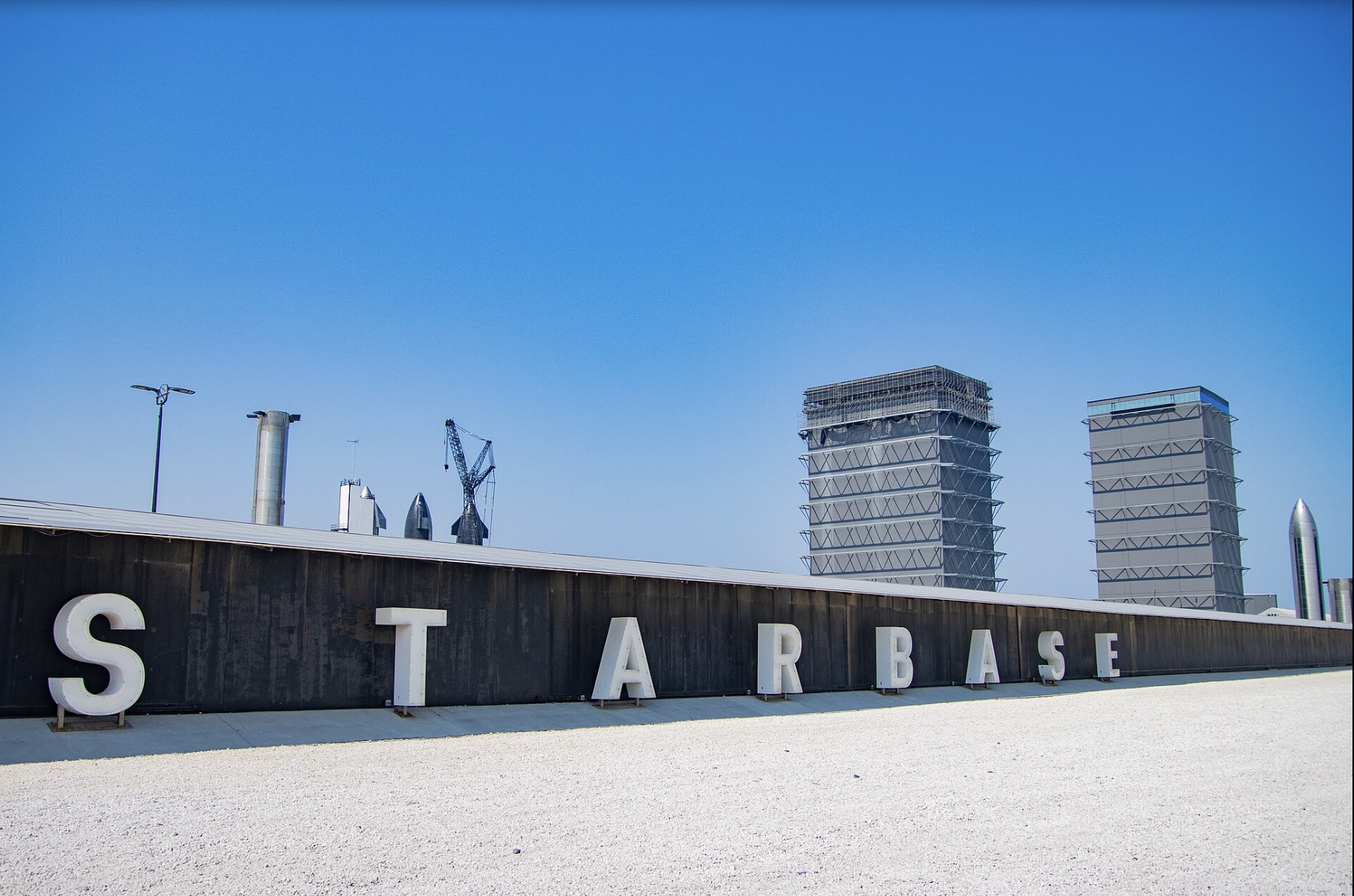
SpaceX’s Starbase is officially incorporated as a city in Texas, aligning with preparations for Starship Flight 9. The newly formed city in Cameron County serves as the heart of SpaceX’s Starship program.
Starbase City spans 1.5 square miles, encompassing SpaceX’s launch facility and company-owned land. A near-unanimous vote by residents, who were mostly SpaceX employees, led to its incorporation. SpaceX’s Vice President of Test and Launch, Bobby Peden, was elected mayor of Starbase. The new Texas city also has two SpaceX employees as commissioners. All Starbase officials will serve two-year terms unless extended to four by voters.
As the new city takes shape, SpaceX is preparing for the Starship Flight 9 launch, which is tentatively scheduled for May 27, 2025, at 6:30 PM CDT from Starbase, Texas.
SpaceX secured Federal Aviation Administration (FAA) approval for up to 25 annual Starship and Super Heavy launches from the site. However, the FAA emphasized that “there are other licensing requirements still to be completed,” including policy, safety, and environmental reviews.
On May 15, the FAA noted SpaceX updated its launch license for Flight 9, but added: “SpaceX may not launch until the FAA either closes the Starship Flight 8 mishap investigation or makes a return to flight determination. The FAA is reviewing the mishap report SpaceX submitted on May 14.”
Proposed Texas legislation could empower Starbase officials to close local highways and restrict Boca Chica Beach access during launches. Cameron County Judge Eddie Trevino, Jr., opposes the Texas legislation, insisting beach access remain under county control. This tension highlights the balance between SpaceX’s ambitions and local interests.
Starbase’s incorporation strengthens SpaceX’s operational base as it gears up for Starship Flight 9, a critical step in its mission to revolutionize space travel. With growing infrastructure and regulatory hurdles in focus, Starbase is poised to become a cornerstone of SpaceX’s vision, blending community development with cutting-edge aerospace innovation.
News
The Boring Company accelerates Vegas Loop expansion plans
The Boring Company clears fire safety delays, paving the way to accelerating its Vegas Loop expansion plans.
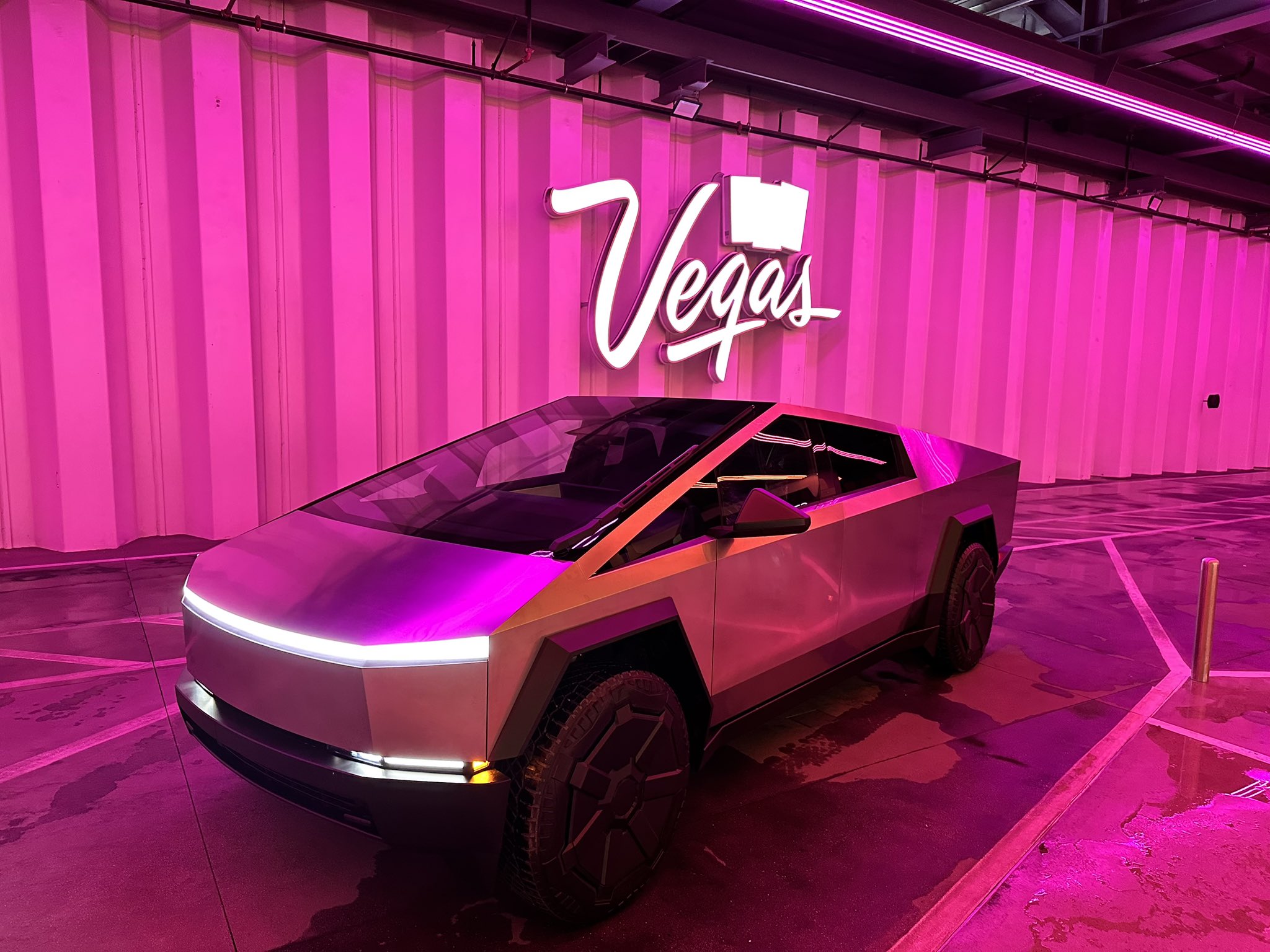
After overcoming fire safety hurdles, the Boring Company is accelerating its Vegas Loop expansion. The project’s progress signals a transformative boost for Sin City’s transportation and tourism.
Elon Musk’s tunneling company, along with The Las Vegas Convention and Visitors Authority (LVCVA) and Clark County, resolved fire safety concerns that delayed new stations.
“It’s new. It’s taken a little time to figure out what the standard should be,” said Steve Hill, LVCVA President and CEO, during last week’s board meeting. “We’ve gotten there. We’re excited about that. We’re ready to expand further, faster, than we have.”
Last month, the company submitted permits for tunnel extensions connecting Encore to a parcel of land owned by Wynn and Caesars Palace. The three tunnels are valued at $600,000 based on country records.
Plans for a Tropicana Loop are also advancing, linking UNLV to MGM Grand, T-Mobile Arena, Allegiant Stadium, Mandalay Bay, and the upcoming Athletics’ ballpark. Downtown extensions from the convention center to the Strat, Fremont Street Experience, and Circa’s Garage Mahal are also in the permitting process.
“Those are all in process,” Hill noted. “We’ve got machines that are available to be put in the ground. I think we’ve reached a framework for how these projects are going to work and how they’ll be permitted from a safety standpoint, as well as a building standpoint.”
The Boring Company has six boring machines, with three currently active in Las Vegas. Last week, TBC announced that it successfully mined continuously in a Zero-People-in-Tunnel (ZPIT) configuration, enabling it to build more tunnels faster, safer, and at a more affordable rate.
Tunneling under Paradise Road is underway as The Boring Company works on the University Center Loop. The University Center Loop is expected to connect to the Las Vegas Convention Center within two months, linking to the Westgate tunnel. The full Vegas Loop will span 104 stations and 68 miles. Even though The Boring Company’s tunnel network in Las Vegas isn’t nearly finished, it has already become a key attraction in the city.
“It’s such a great attraction for shows that are looking at this building (convention center) and we’re going to be connected to everybody in town,” Hill said. “It’s a real difference-maker.”
A few Vegas Loop stations are already operational, including those connected to Resorts World, Westgate, Encore, and all the Las Vegas Convention Center Loop stations. The Downtown Loop, which connects to the downtown area, and the Riviera Station, the hub that leads to Resorts World with Westgate destinations, are also operational.
As The Boring Company accelerates the Vegas Loop, its tunnels are poised to redefine mobility and tourism in Las Vegas, blending cutting-edge technology with practical urban solutions.
News
Neuralink Blindsight human trials expected to start in the UAE
Neuralink aims to restore vision with its Blindsight BCI implant. First human implant for Blindsight may happen in UAE.
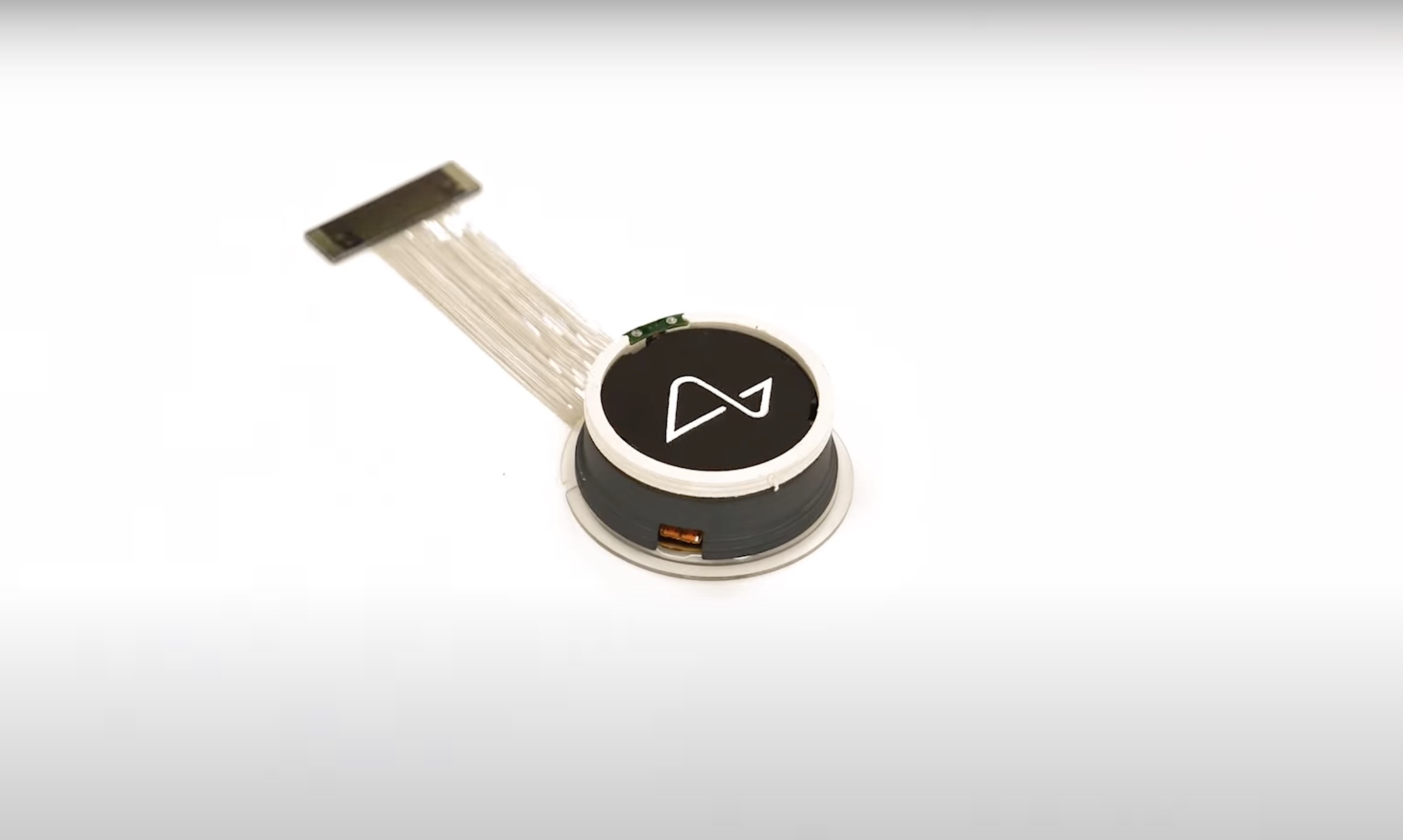
During Elon Musk’s interview at the Qatar Economic Forum, he announced that Neuralink aims to implant its Blindsight brain-to-computer interface (BCI) device in a human patient by late 2025 or early 2026.
Blindsight focuses on restoring vision. A few years ago, Musk mentioned that Neuralink’s BCI devices would restore vision for people, even those born blind.
“The first two applications we’re going to aim for in humans are restoring vision, and I think this is notable in that even if someone has never had vision ever, like they were born blind, we believe we can still restore vision. The visual part of the cortex is still there. Even if they’ve never seen before, we’re confident they could see,” Musk said during Neuralink’s Show & Tell in 2022.
Musk said Blindsight could be implanted into a human patient in the United Arab Emirates (UAE). Neuralink plans to partner with the Cleveland Clinic Abu Dhabi to implant the first human patient with Blindsight.
Elon Musk’s neurotechnology company is partnering with the Cleveland Clinic Abu Dhabi to conduct the first clinical trial of the UAE-PRIME study. Like Neuralink’s PRIME study in the United States, UAE-PRIME will focus on human patients with motor and speech impairments.
Neuralink received Food and Drug Administration (FDA) approval to conduct the PRIME and CONVOY studies in the United States. PRIME tests the capabilities of the company’s Link implant to restore or enable motor and speech in participants. Meanwhile, the CONVOY study explores Link’s ability to control assistive robotic devices. Neuralink already has an assistive robotic arm called ARA that could expand patients’ autonomy beyond smart devices.
Blindsight would probably require a separate study from PRIME and CONVOY. As such, Neuralink might need FDA approval in the United States to start human trials for Blindsight. However, Blindsight already received a “breakthrough device” designation from the US FDA.
In April 2025, Neuralink opened its patient registry to participants worldwide. The neurotechnology company has already implanted its Link BCI device into five patients. Earlier this year, Neuralink welcomed one of its first PRIME study participants as the first patient in its CONVOY study.
-
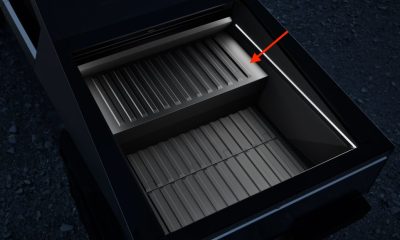
 News2 weeks ago
News2 weeks agoTesla Cybertruck Range Extender gets canceled
-
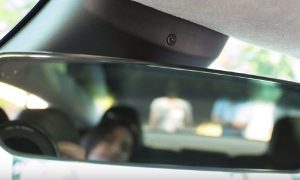
 Elon Musk6 days ago
Elon Musk6 days agoTesla seems to have fixed one of Full Self-Driving’s most annoying features
-

 Lifestyle2 weeks ago
Lifestyle2 weeks agoAnti-Elon Musk group crushes Tesla Model 3 with Sherman tank–with unexpected results
-

 News2 weeks ago
News2 weeks agoStarlink to launch on United Airlines planes by May 15
-

 News2 weeks ago
News2 weeks agoTesla Semi gets new adoptee in latest sighting
-

 News2 weeks ago
News2 weeks agoTesla launches its most inexpensive trim of new Model Y
-
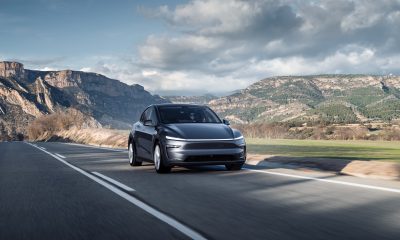
 News2 weeks ago
News2 weeks agoUS’ base Tesla Model Y has an edge vs Shanghai and Berlin’s entry-level Model Ys
-

 News2 weeks ago
News2 weeks agoTesla Cybertruck owners get amazing year-long freebie


